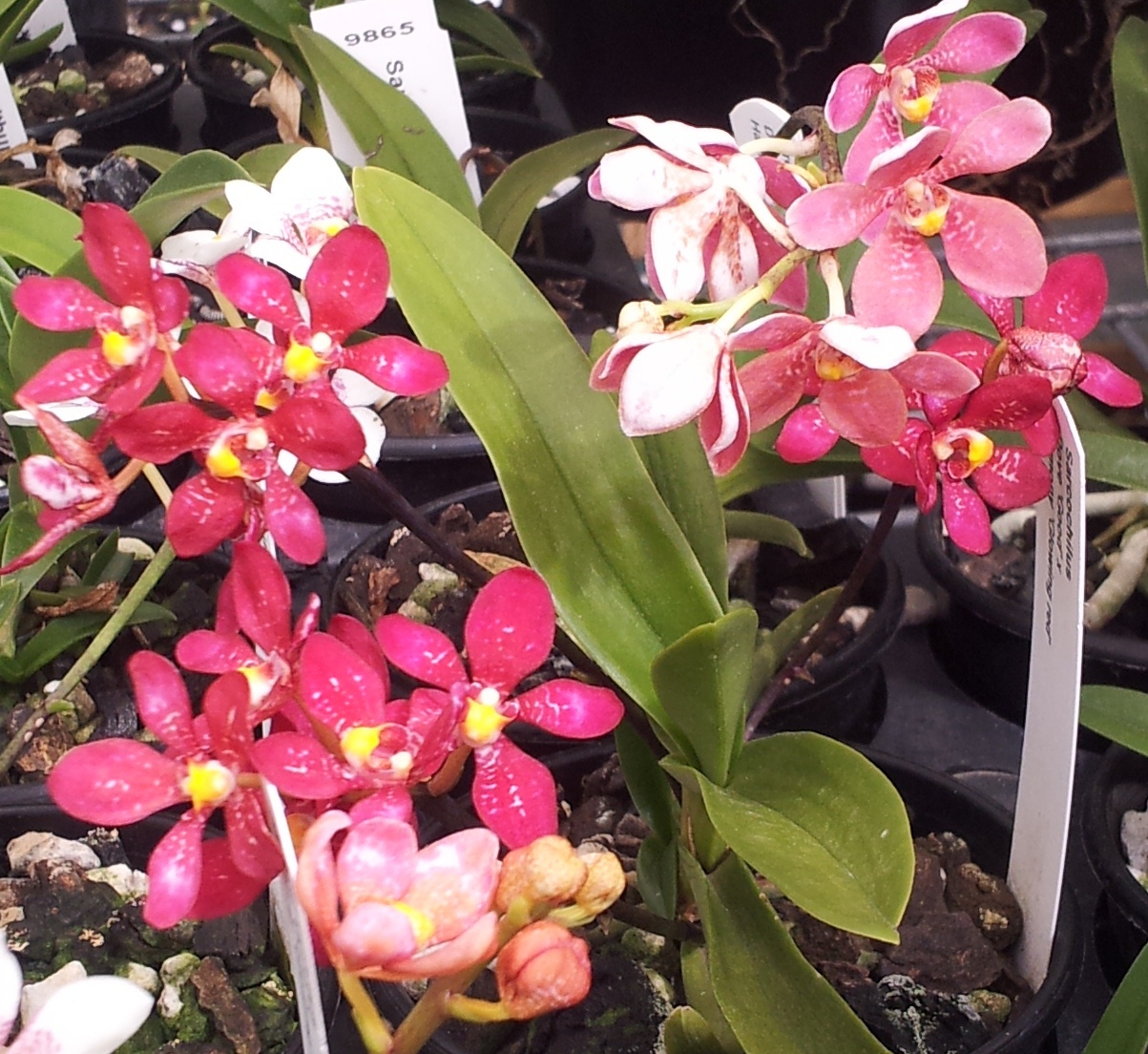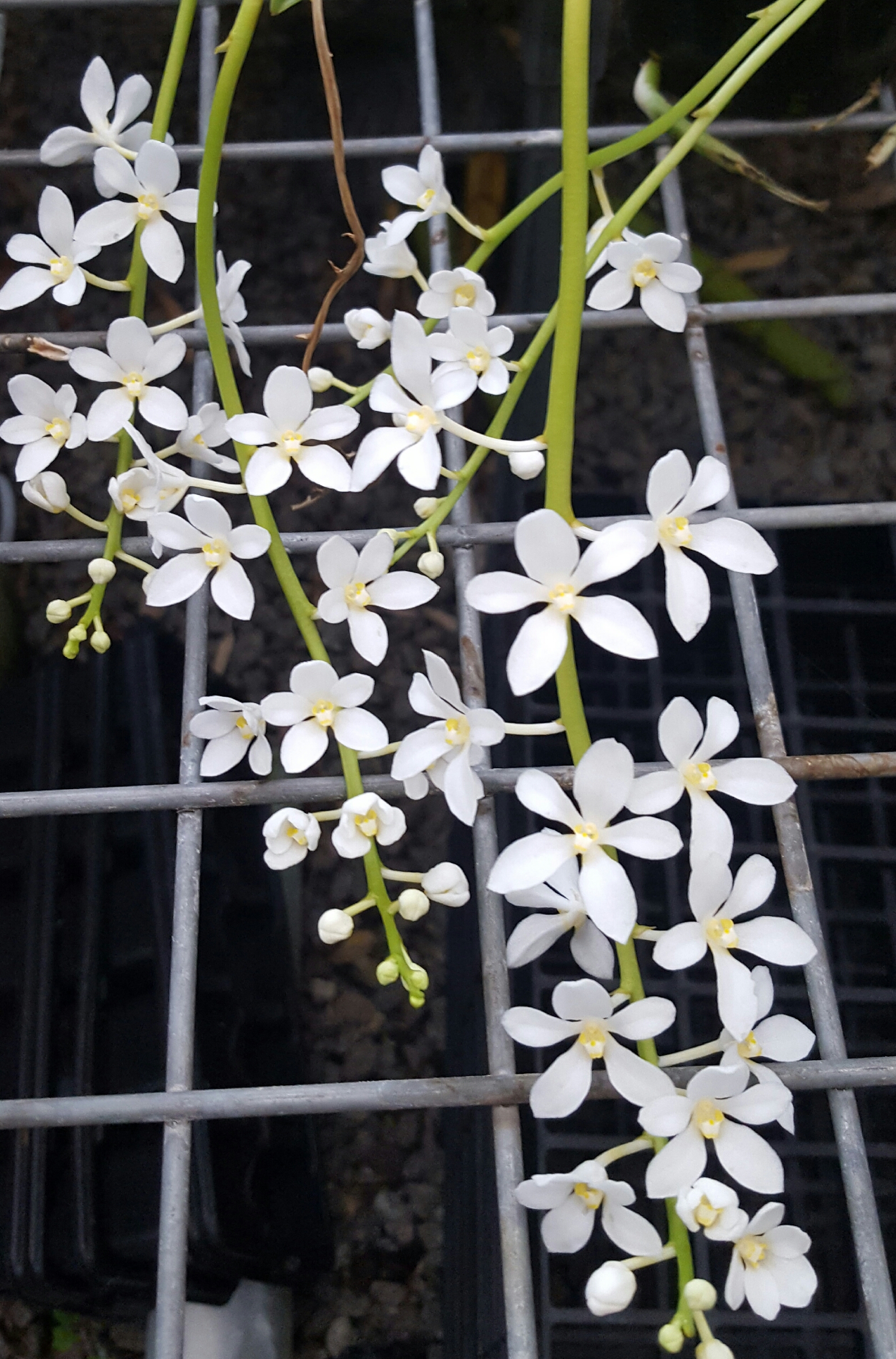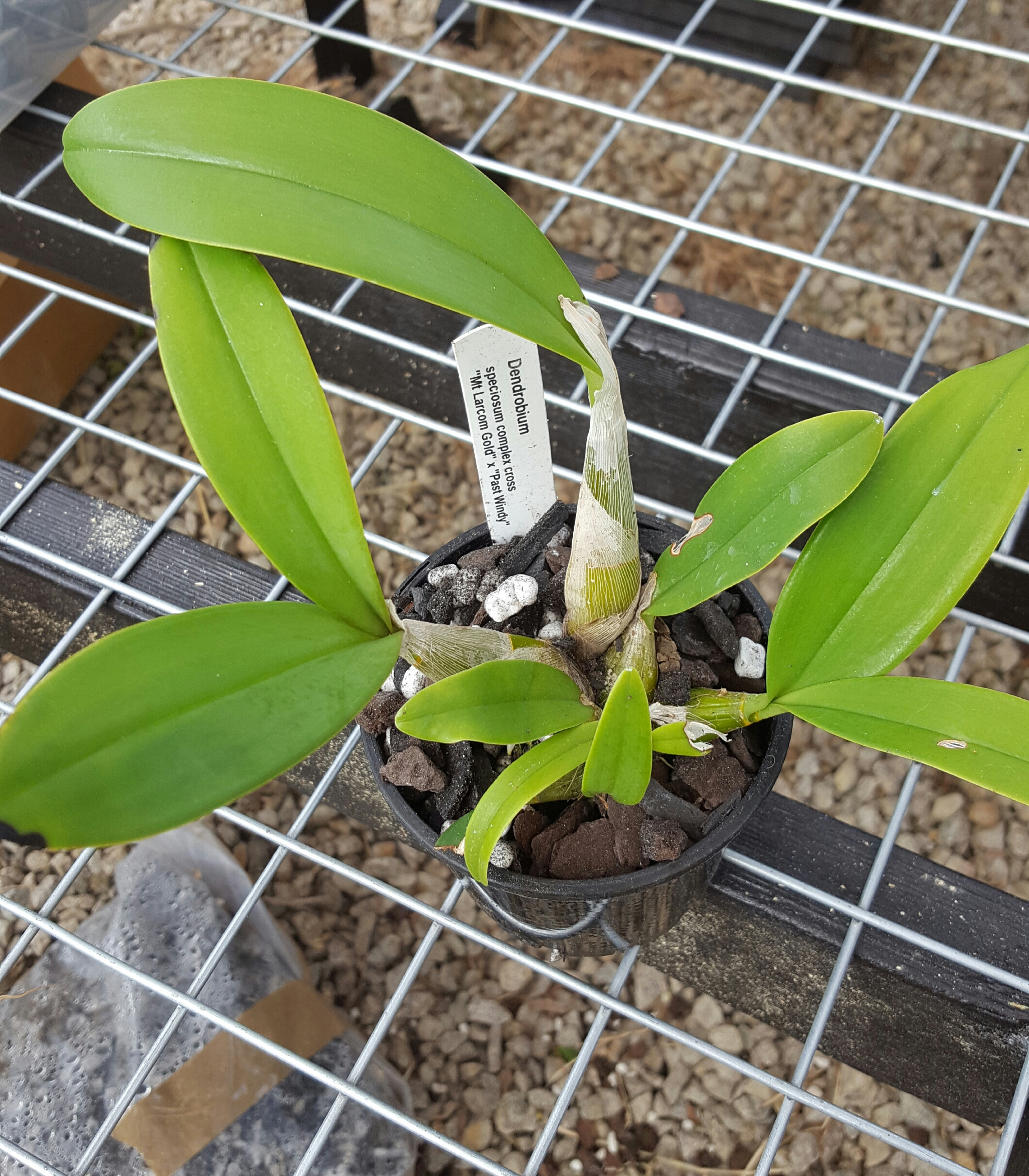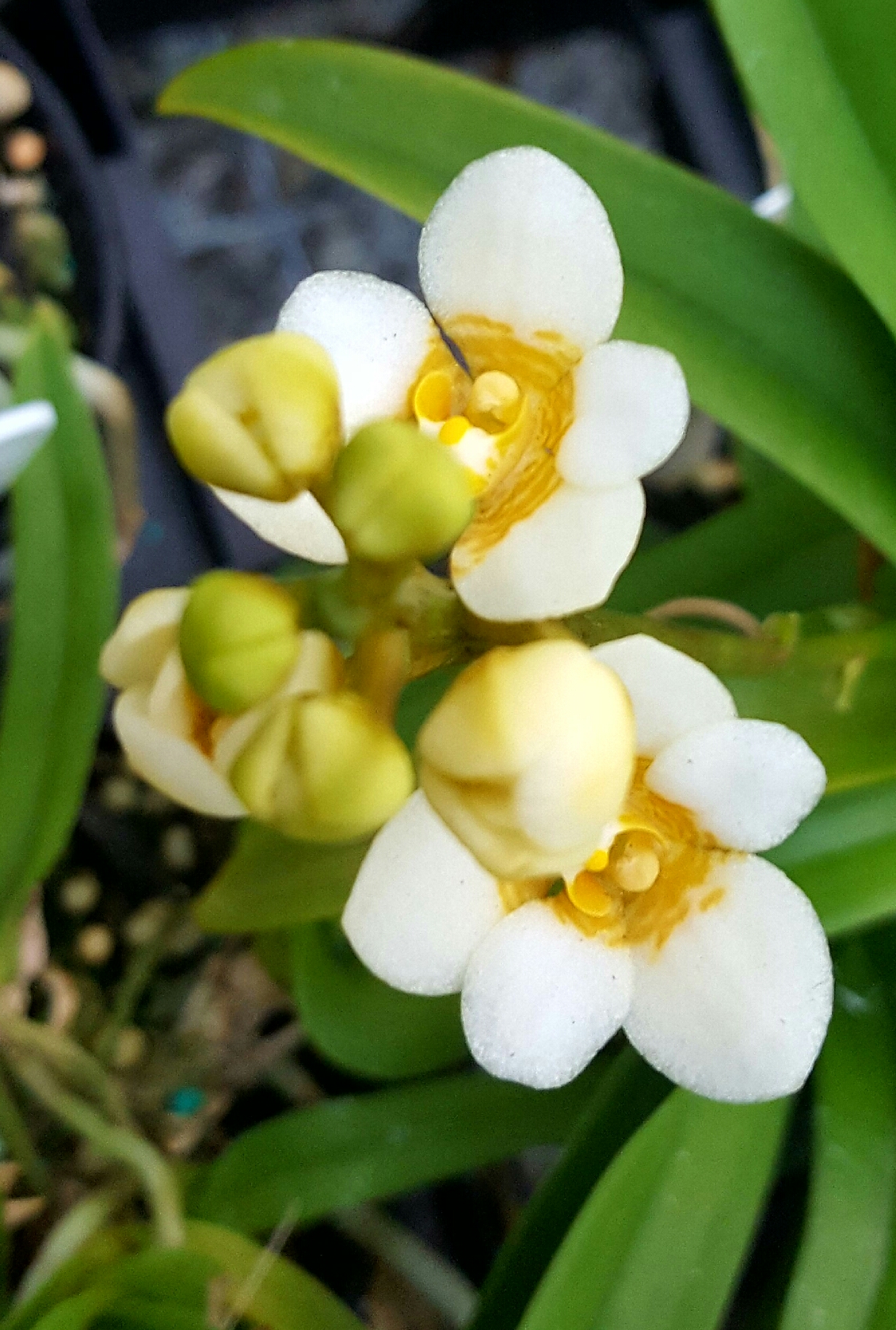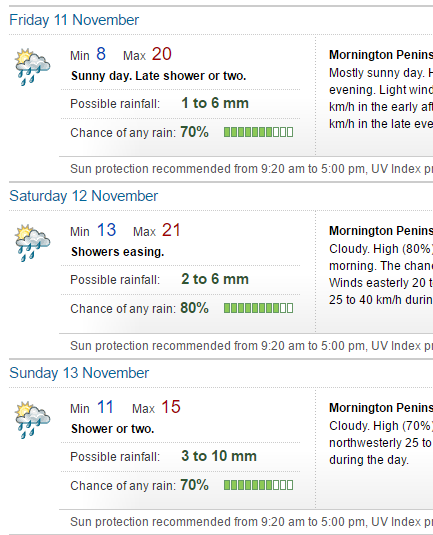So you just bought an orchid and want to know what to grow it in or maybe you have been collecting for a while but are starting to realise there are a number of different things you can grow your plants in? – Maybe even bought a number of different orchids that have arrived potted in different things…
Here are some common individual ingredients in orchid potting mixes, you can grow orchids in one or a mixture of multiple items;
Rockwool
Perlite
Vermiculite
Poly Styrene
Expanded clay
Volcanic Rock
Pebbles (this is granite but all hard heavy rocks behave in the same way)
Pine bark (composted) (this is a mix of bark, scoria & Charcoal)
Pine Bark (not composted)
Coconut husk
Many of these such as bark, coco husk, perlite, rockwool can be used on their own or you can make a mix of various compounds. Lets go through the mixes often used on their own and then common blends;
Firstly you need to break potting mixes into 2 main categories or type of mix – hydroponic or conventional. In the world of orchids it gets a bit confusing because hydroponic mediums like perlite, clay balls & rockwool are often used as part of a conventional mix leading some people to move towards or across to a fully hydroponic system without realising it.
Lets look at hydroponics first, these days a lot of our Vegies are grown hydroponically, the reason being it gives maximum control to the grower and so maximum yield. Plants grown hydroponically are grown in an inert medium will all nutrition supplied in water. This is supplied either continuously or every few hours. Because of the popularity of hydroponics in horticulture generally some large commercial nurseries have moved to a 100% hydroponic system. While this gives them good fast and replicable results I personally feel it detracts from the quality of the plants, hydroponics also requires constant feeding and monitoring, something a lot of hobby growers don’t realise when they move across to “magic mix” or some similar hydroponic substrate without fully understanding what they are doing. Unless fed constantly with carefully blended fertilisers orchids in hydroponic substrate will slowly deteriorate, at Aquarius orchids we are traditionalists and do not and do not grow our orchids hydroponically. A well grown cymbidium growing in magic mix
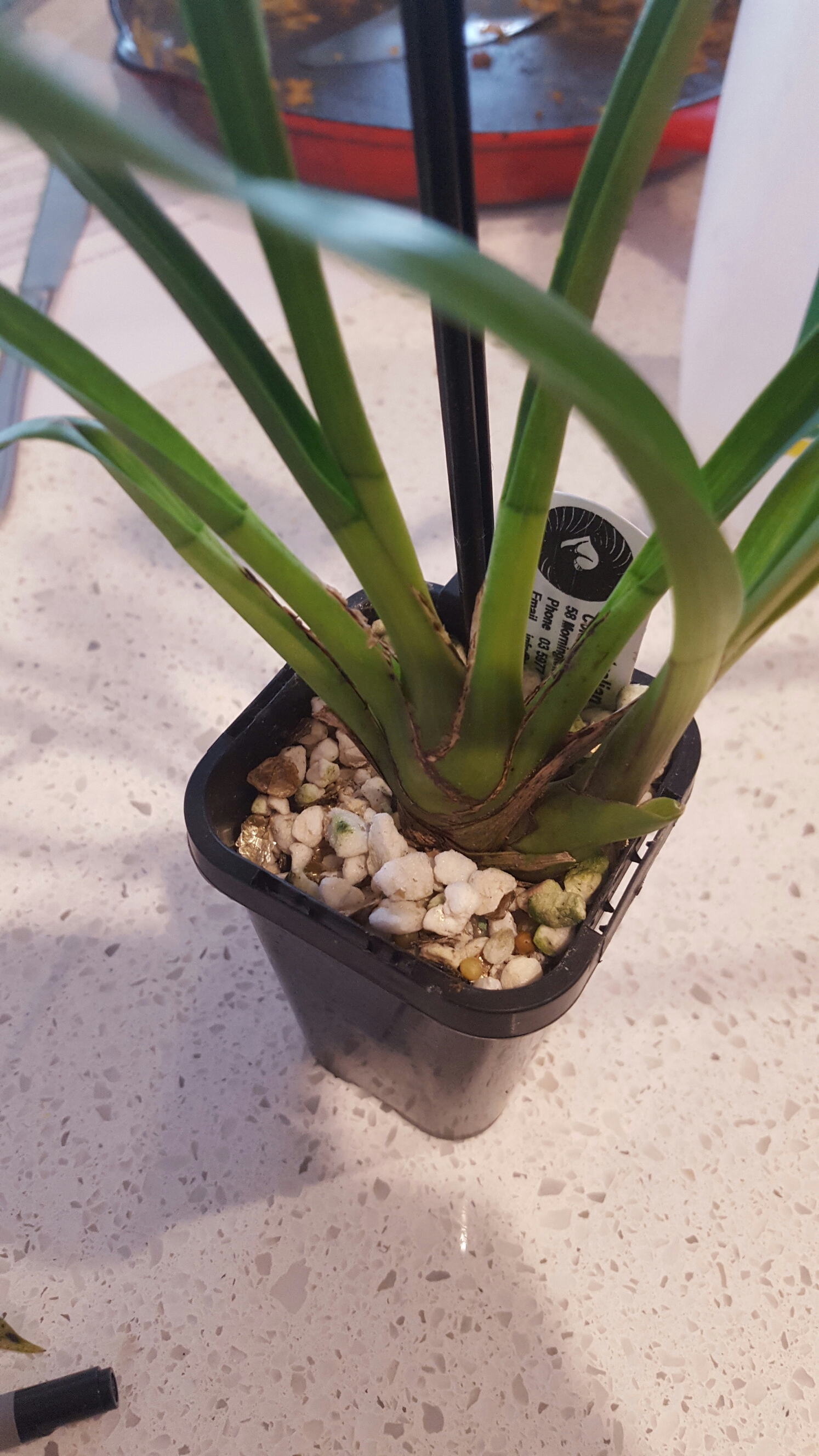 Traditional orchid mixes typically have a main substrate for example composted pine bark, sphagnum moss or coco husk being the most popular in Australia with some growers (not all) then adding at least 1 additional substrate to provide airation and substance to the mix (eg perlite, scoria, granite or other rocks, expanded clay balls) some growers then add other items that have specific nutritional qualities for example shell grit, charcoal, alkaline rock.
Traditional orchid mixes typically have a main substrate for example composted pine bark, sphagnum moss or coco husk being the most popular in Australia with some growers (not all) then adding at least 1 additional substrate to provide airation and substance to the mix (eg perlite, scoria, granite or other rocks, expanded clay balls) some growers then add other items that have specific nutritional qualities for example shell grit, charcoal, alkaline rock.
Lets have a look at this items one by one –
Pine bark, as long as it is composted is a reliable performer and in Australia is the most widely and long used primary media. Many orchid genera will grow very well in an appropriately sized pot and bark only,
Sphagnum moss stays damp for a long time (double to triple or more than bark) so is better for orchids that like to say wet all the time like masdevallias.
Coco chips are a newer product and like pine bark are a by product so quite sustainable, a while ago there was a lot of publicity that “the worlds stock of pine bark is running out” This is obviously total garbage as pine bark is a by product of pine timber which is plantation grown for the construction and paper industries world wide…that said coco chips are here to stay both in general gardening and orchid culture. Its use is not as wide spread as pine bark yet and it definitely behaves differently to bark.
That is it for now – feel free to comment below about your own questions or favorite mix
